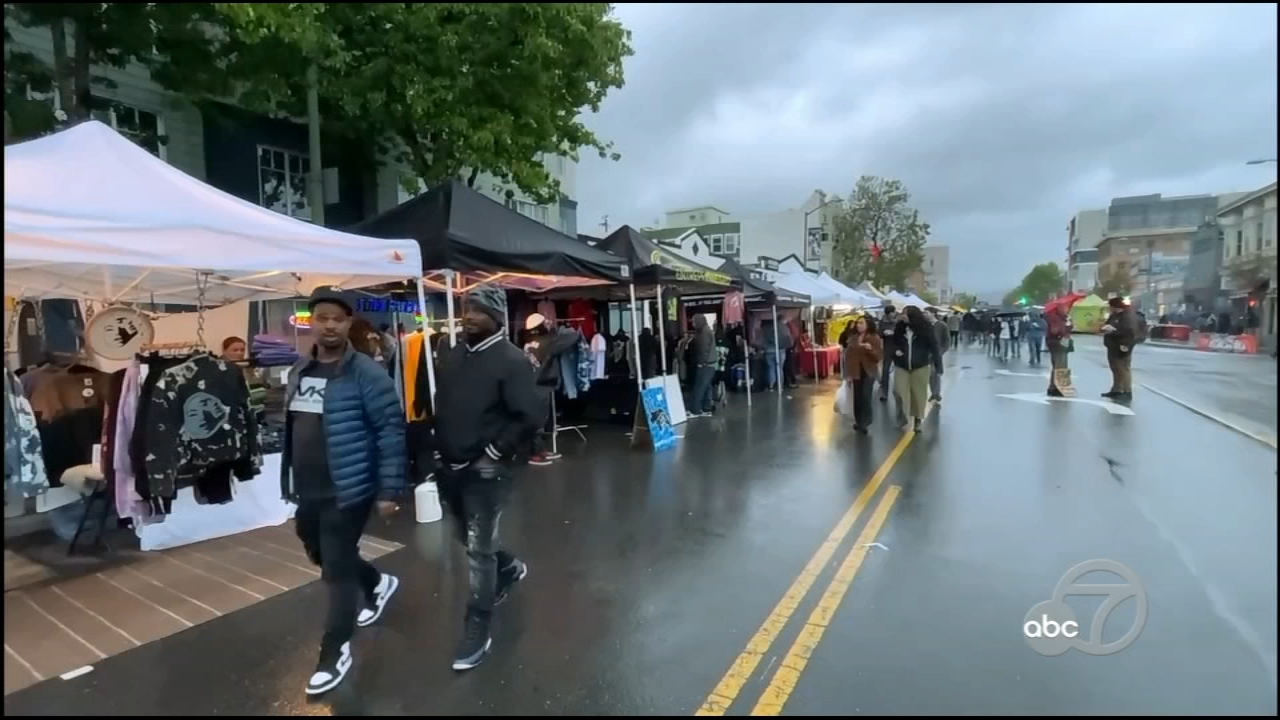Bay Area heat wave: Here are some of the best ways to save power during a Flex Alert

SAN FRANCISCO (KGO) -- A Flex Alert has been issued across the state, amid the current heat wave.
In effect on Thursday, the California Independent System Operator (ISO) is asking people conserve electricity. Residents are being encouraged to do so, particularly during peak afternoon hours.
RELATED: CA power grid declares Flex Alert for Thursday, asks for electricity conservation
In a press conference on Wednesday afternoon, Cal ISO officials told reporters, "Our partnerships with consumers, and their role in those modest changes that they can make in their consumption patterns- whether it's 5-10 tomorrow evening or 4-9 other nights, depending on how the system is playing out- it's just really important."
Hot temperatures are forecast to stick around through Friday. These conditions typically lead people to put a strain on the grid as air conditioners work overtime.
The whole idea is to voluntarily cutback and conserve. Energy experts say a number of the biggest users of electricity can be found in the kitchen.
Among the top five, refrigerators, dishwashers and ovens.
VIDEO: Heat wave: These Bay Area hot spots will have sweltering temperatures

These home appliances and others account for about 13-percent of an average home's energy consumption.
Elsewhere around the house, ways around energy overuse involve:
- Turning off unnecessary lights
- Using large appliances like washers and dryers during off-peak hours
- Closing blinds and drapes to keep your home cool
- Using fans, instead of AC whenever possible
- Setting the thermostat to 78-degrees
Another option that has recently seen a surge in demand is solar and battery customers across California.
"These can be very scary times," Anne Hoskins, Chief Policy Officer at Sunrun told ABC7 News. "I think that's why customers are increasingly trying to think about what can they do for their own family, what can they do to ensure secure access to power- and we have the technology."
RELATED: Heat stroke or heat exhaustion: Do you know the difference?
Hoskins explained, "With batteries, our customers are going to be able to have solar power during the day. Then use that power to, you know, store energy in their batteries. Then they will have it available during that flex time tomorrow."
She acknowledged the investment behind any move to go solar.
"With solar and batteries, customers are able to disconnect from the grid," she continued. "So when the sun comes up the next day, the battery recharges. It's a rechargeable energy source."
Hoskins shared, "Between the heat that we're expecting, the dryness, the risk of wildfires, we absolutely need customers to be part of the solution and to go and invest and have that security of power for themselves."
She said by doing so, actions will fortify the electric system.
Cal ISO said conservation measures and more can help the power grid during a time of tight supply and demand, specifically to avoid power interruptions.
RELATED STORIES & VIDEOS:
- Heat stroke vs heat exhaustion: What's the difference and what are the symptoms?
- What everybody should know to help prevent hot car deaths
- Dry and secondary drowning: Hidden threats for swimmers
- Can you start a fire if you leave bottled water in your car?
- Can you bake cookies in a hot car?
- Facts and myths about sunscreen
- ABC7 Meteorologist Drew Tuma shares scary heat exhaustion experience
- Lotion in the refrigerator and more hacks to keep cool without AC
- How hot summer weather affects your car
- Natural remedies for sunburn
- Heat hypothesis: The link between summer weather and aggressive behavior
- Tips to stay safe during the hot summer months
- Why it's harder to cool off in humidity
- What's a Flex Alert?









